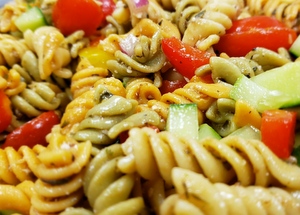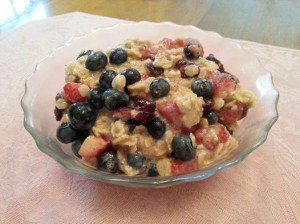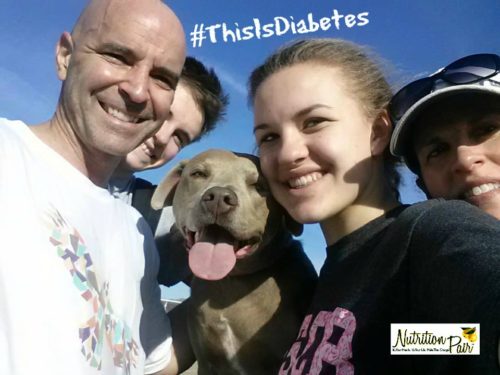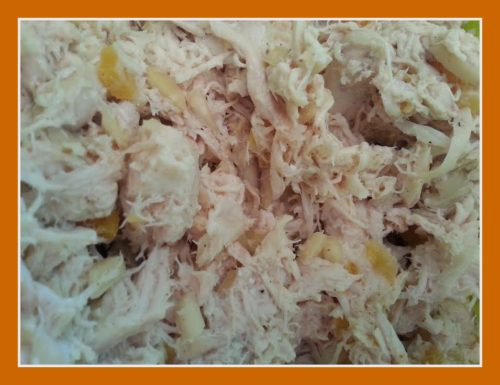 ort to live a healthy life and prevent chronic medical conditions. As health care providers, we have found that now more than ever, people are searching for ways to take charge and improve their health. For many, the COVID-19 pandemic has aggravated their health risks AND increased the need to conduct health care from the safety of their homes. That is where Nutrition Pair’s “Take Charge (& Make That Change)” virtual lifestyle program comes in.
ort to live a healthy life and prevent chronic medical conditions. As health care providers, we have found that now more than ever, people are searching for ways to take charge and improve their health. For many, the COVID-19 pandemic has aggravated their health risks AND increased the need to conduct health care from the safety of their homes. That is where Nutrition Pair’s “Take Charge (& Make That Change)” virtual lifestyle program comes in.- Initial session is Monday September 21, 2020 from 6 p.m. until 7 p.m.
- Sessions will be held Monday evenings from 6 p.m. until 7 p.m.
- Frequency of sessions is as follows: Once a week for the first 4 months, twice a month for months 4 through 6 & once a month for months 6 through 12.
- Adults age 18 and over who are serious about making health changes (Note: this program does require a 1 year commitment)
- Anyone who is at a high risk for developing diabetes: Take the 1 minute test (below). A score of 5 or higher means you are at risk:
- (Click here for interactive version)
- (Click here for pdf/paper version)
- This program is designed and led by Nutrition Pair, Angie & John Lamberson, experts in the field of nutrition & diabetes who know diabetes on a personal level.
- Besides being Registered Dietitians & Certified Diabetes Care & Education Specialists, they are Duke Certified Integrative Health Coaches which means that they are especially trained in helping clients to be successful with behavior change.
- Nutrition Pair uses a mind, body and spirit approach to creating and achieving health change.
- Proven Results: In Nutrition Pair’s previous diabetes prevention programs, A1c levels were significantly reduced from an average starting A1c of 6.1% (Pre-Diabetes range) down to an average ending A1c of 5.5% (Normal Range!). Average weight loss per participant thus far is 6%. And, some past participants have been able to discontinue their blood pressure medications (per their physicians’ orders)!
- Testimonials:
- “Nutrition Pair’s program guided me in reducing my A1c from a 6.0 to a 5.5 in one year. I really liked the accountability with the year-long program design and how they offered eating alternatives in your diet.” ~R.L.
- “The Diabetes Prevention Program with Nutrition Pair has given me the tools to be successful at losing weight and decreasing my A1C. I am no longer pre-diabetic, and my new outlook on food has influenced my family to also live a healthier lifestyle.” ~L.A.
- Group support
- Expert advice from experienced nutrition & diabetes health care professionals
- Use of Healthie’s confidential telehealth platform for program sessions, information sharing & communication







